Introduction
I had to post yesterday’s review before finishing all the testing, specifically the Maximum Wireless Bandwidth and Router Stress tests that I’ve run on other simultaneous dual-band routers, NETGEAR’s WNDR3700 and Cisco’s Linksys E3000, specifically. But before I get to that, let me address a few other points.
Some posts over in the SNB Forums insist that the E4200 supports IPv6. I wasn’t able to confirm this by running the same test because my DSL modem is actually a router that doesn’t support bridging. But having IPv6 6to4 mode enabled is one thing and having it officially specified and supported is another, which it isn’t. There is also no IPv6 admin interface.
Cisco told me, however, that IPv6 support will be added sometime in March / April of this year. But I’ve learned to not count on features coming in future firmware updates until they actually appear. So if full IPv6 support is essential for you, I’d hold off on the E4200 for now.
I also neglected to comment on the E4200’s three-stream N capability. First, I can’t test for three-stream N because I have not invested in a three-stream capable notebook, which is the only device type to currently support three-stream N on both bands. I do have a TRENDnet TEW-687GA 450Mbps Wireless N Gaming Adapter in awaiting review. But since it supports 2.4 GHz only, I can’t use it to test the E4200’s 5 GHz band only three stream mode.
What I can say is that it doesn’t appear that Broadcom’s three-stream chipset is providing any particular 5 GHz band performance edge for the E4200, at least not in terms of extended range. If I do get in device with 5 GHz three-stream N support, I’ll be sure to give it a whirl with the E4200.
Total Wireless Bandwidth Test
I’ve noticed that N routers sometimes can produce higher aggregate bandwidth using multiple connections vs. a single connection. So I duplicated the tests run on the WNDR3700 and E3000 running multiple simultaneous IxChariot scripts on each radio to see how the E4200 fared.
Figure 1 shows the setup used for this and the Stress test that follows below. For testing maximum wireless bandwidth I used two notebooks, both using Intel Wi-Fi Link 5300 AGN mini-PCIe cards. The "WAN" endpoint computer shown in Figure 1 is not used in this test.
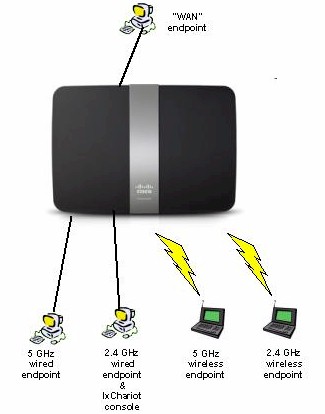
Figure 1: Max Wireless Bandwidth and Stress Test setup
The Acer Aspire 1810T notebook was used as the 5 GHz client and ran Win 7 Home Premium and Intel’s Win 7 13.4.0.9 driver for the Intel card. A Dell Mini 12 running WinXP Home SP3 and using Intel’s Win XP 12.4.3.9 driver served as the 2.4 GHz client. Both wireless clients were in the same room within 10 feet of the E4200, set to Auto (20 / 40 MHz) mode and with WPA2 / AES encryption enabled.
Each wireless client was paired with a wired test "endpoint" connected via Gigabit Ethernet. One of the two wired machines ran the IxChariot console, which coordinated all endpoints for the test. I probably could have gotten by using only one wired machine, but wanted to be sure that I wouldn’t run out of bandwidth or CPU.
I started by running one downlink stream on each band just to check the setup, but noticed unusually low 2.4 GHz band throughput. It took a bit of detective work, but I think I’ve found a serious flaw in the E4200’s design.
Figure 2 shows a downstream test starting on the 2.4 GHz radio, which produced throughput around 80 Mbps. But when the 5 GHz test starts 10 seconds later, 2.4 GHz throughput is cut in half to around 40 Mbps. Then when the 2.4 GHz traffic stops around 30 seconds into the test, the 5 GHz throughput jumps from 60 up to around 80 Mbps!
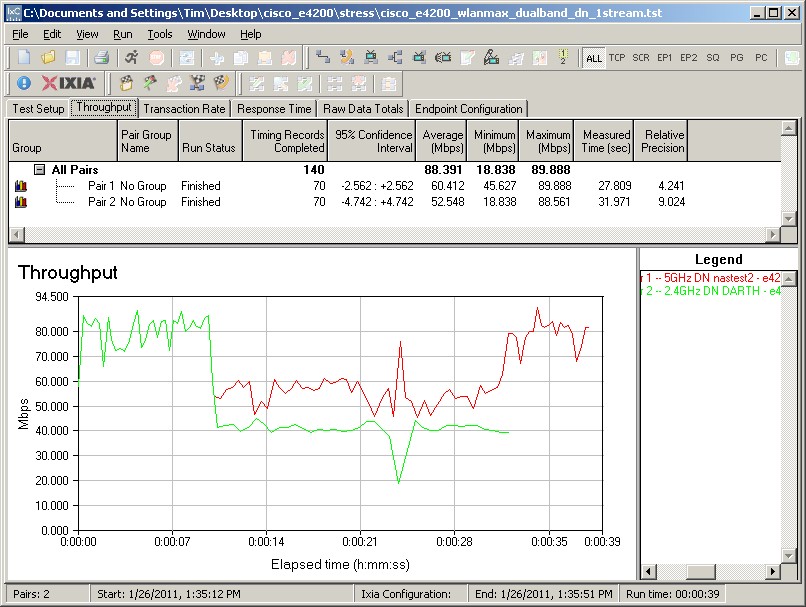
Figure 2: E4200 radio interaction
This effect was very repeatable and was present when I swapped notebooks between channels and ran uplink tests. I think the culprit is that the BCM4718 is doing double duty as the main CPU and BB / MAC for the 2.4 GHz radio.
But the E3000 uses a similar approach with the BCM4718 serving double duty as the main CPU and BB / MAC for its 5 GHz radio. So why didn’t I notice then? Well, Figure 3, taken from the E3000 review, shows that a similar effect is probably in play on the E3000, with a distinct difference in 2.4 and 5 GHz throughput. But since I didn’t run the staggered start test on the E3000, I didn’t really confirm the effect.
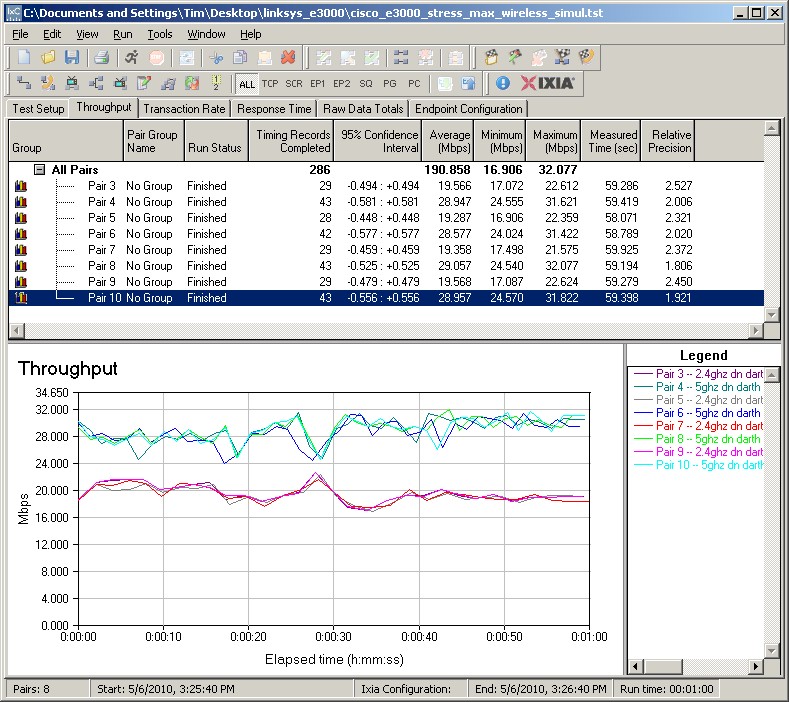
Figure 3: E3000 simultaneous 2.4 and 5 GHz, 20 MHz channel, downlink
To duplicate the E3000 test in Figure 3, I started four downlink streams at the same time on the 2.4 and 5 GHz radios on the E4200. Figure 4 shows that this yielded only 150 Mbps of total wireless throughput, down from 190 Mbps on the E3000.
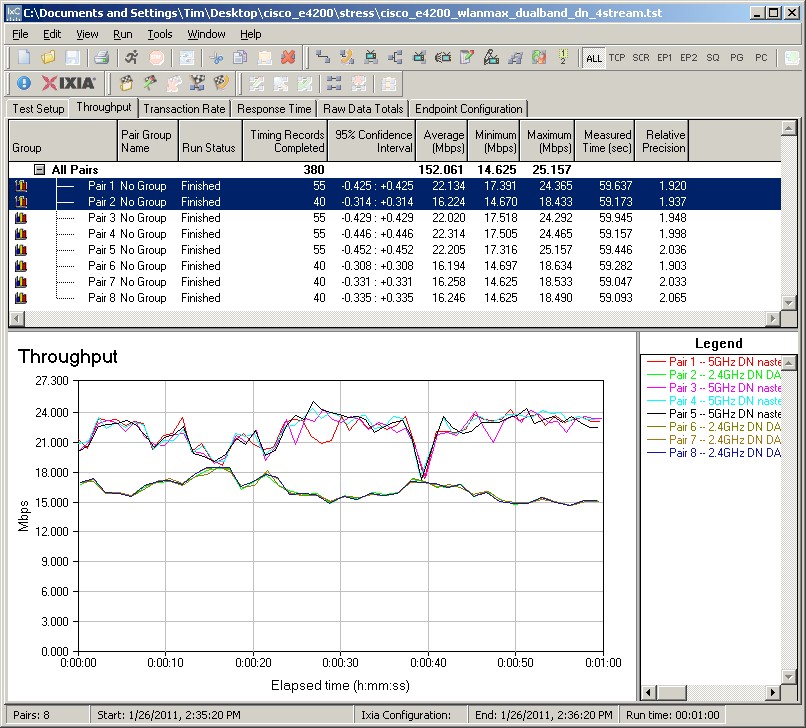
Figure 4: E4200 simultaneous wireless bandwidth test
Stress Test
This test shows what happens when both the wireless and routing sections of the router are running full tilt. The setup is the same as shown in Figure 1, but this time I ran only one downlink stream each on the 2.4 and 5 GHz radios and added a single WAN to LAN wired stream.
I first ran the tests with no bandwidth limits, i.e. blasting each stream as fast as it would go, which produced the results shown in Figure 5. The test starts traffic on the two wireless radios first, then the WAN to LAN routing traffic. You can see the dip in wireless throughput when the routing traffic starts and a huge rise in routing throughput when the wireless traffic stops.
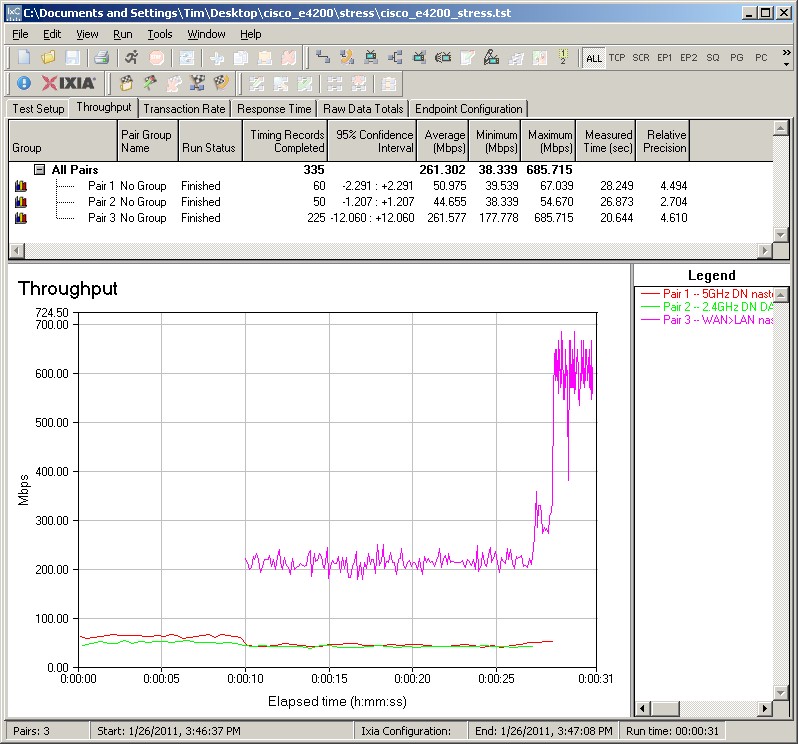
Figure 5: Simultaneous 2.4 and 5 GHz plus routing – full bandwidth
Of course, not many of us, at least in the US, have 200 Mbps download speeds. So I limited the routing traffic to 50 Mbps for the test shown in Figure 6.
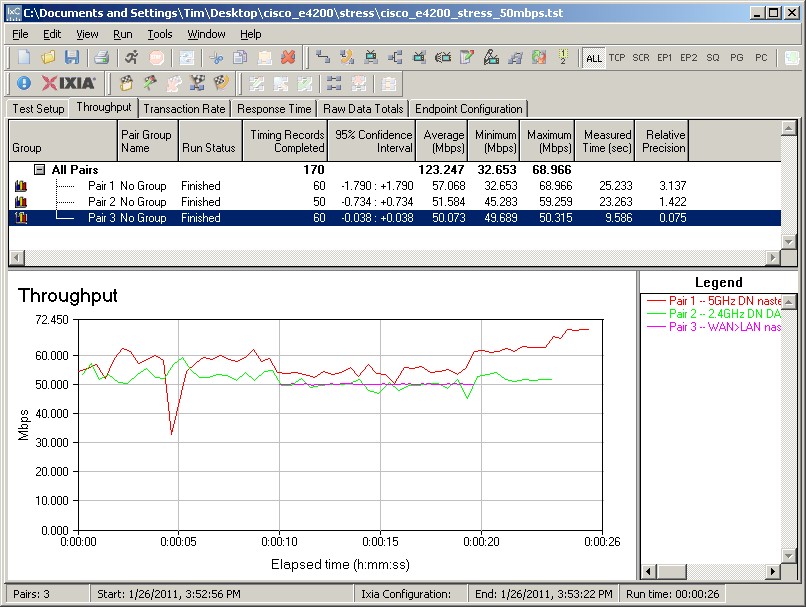
Figure 6: Simultaneous 2.4 and 5 GHz plus routing – 50 Mbps WAN to LAN traffic limit
You can still see a reduction in 5 Mbps throughput when the routing traffic starts at the 10 second mark. But there doesn’t seem to be much effect on 2.4 GHz throughput.
You would probably only see these effects if you had a very fast Internet connection loaded with heavy download traffic while running heavy streaming traffic on either or both wireless radios.
Of all the effects shown, the throughput reduction when both radios are simultaneously used is the one most likely to bite you in the butt, especially for uncompressed high def video streaming.
Closing Thoughts
These further tests show that the E4200’s definition of "Maximum Performance" doesn’t necessarily mean maximum on both radios and routing at the same time. Perhaps there’s a Simultaneous Maximum Performance router from Cisco somewhere in the product pipeline.
